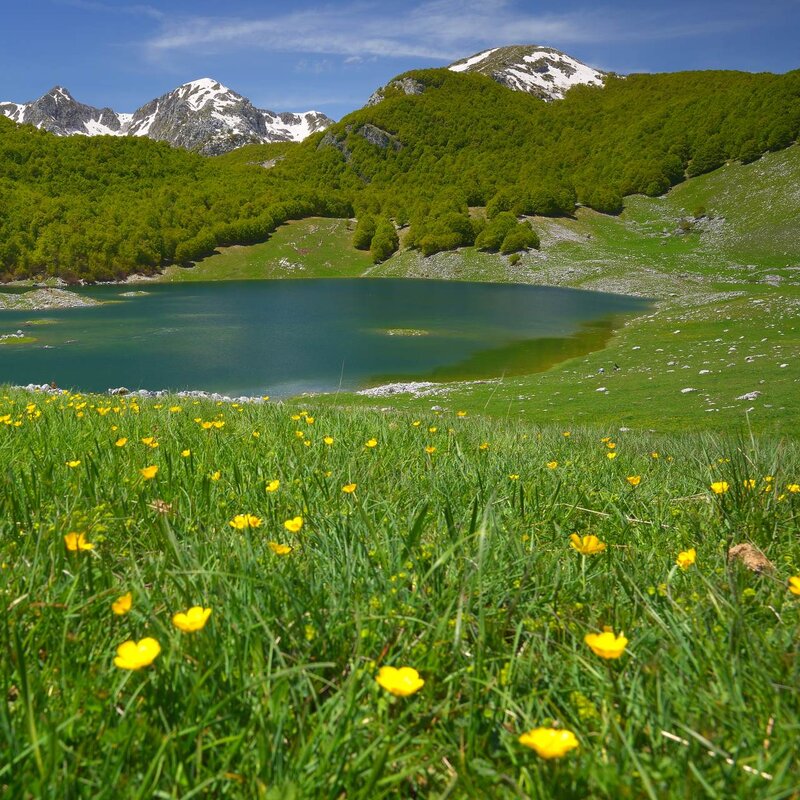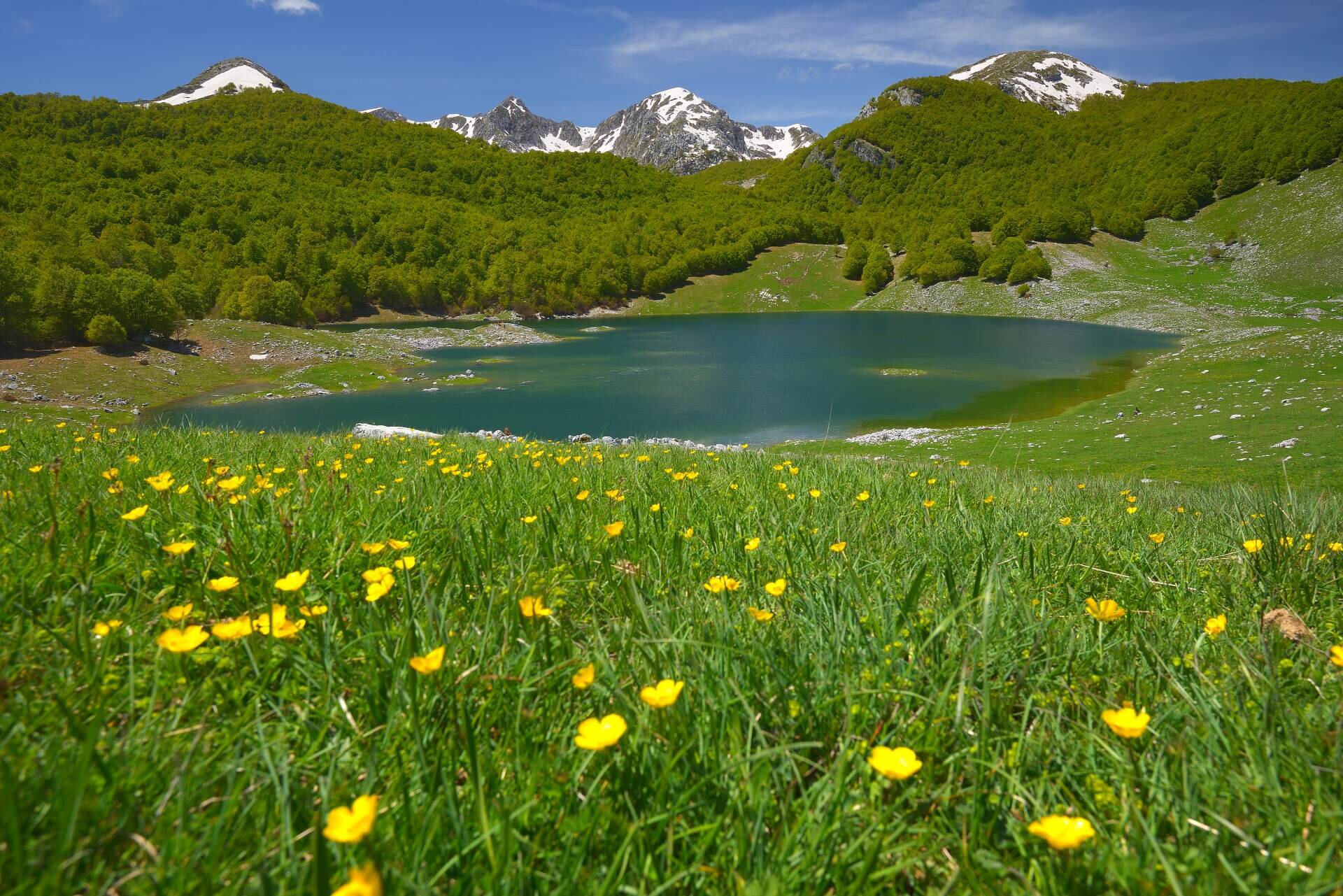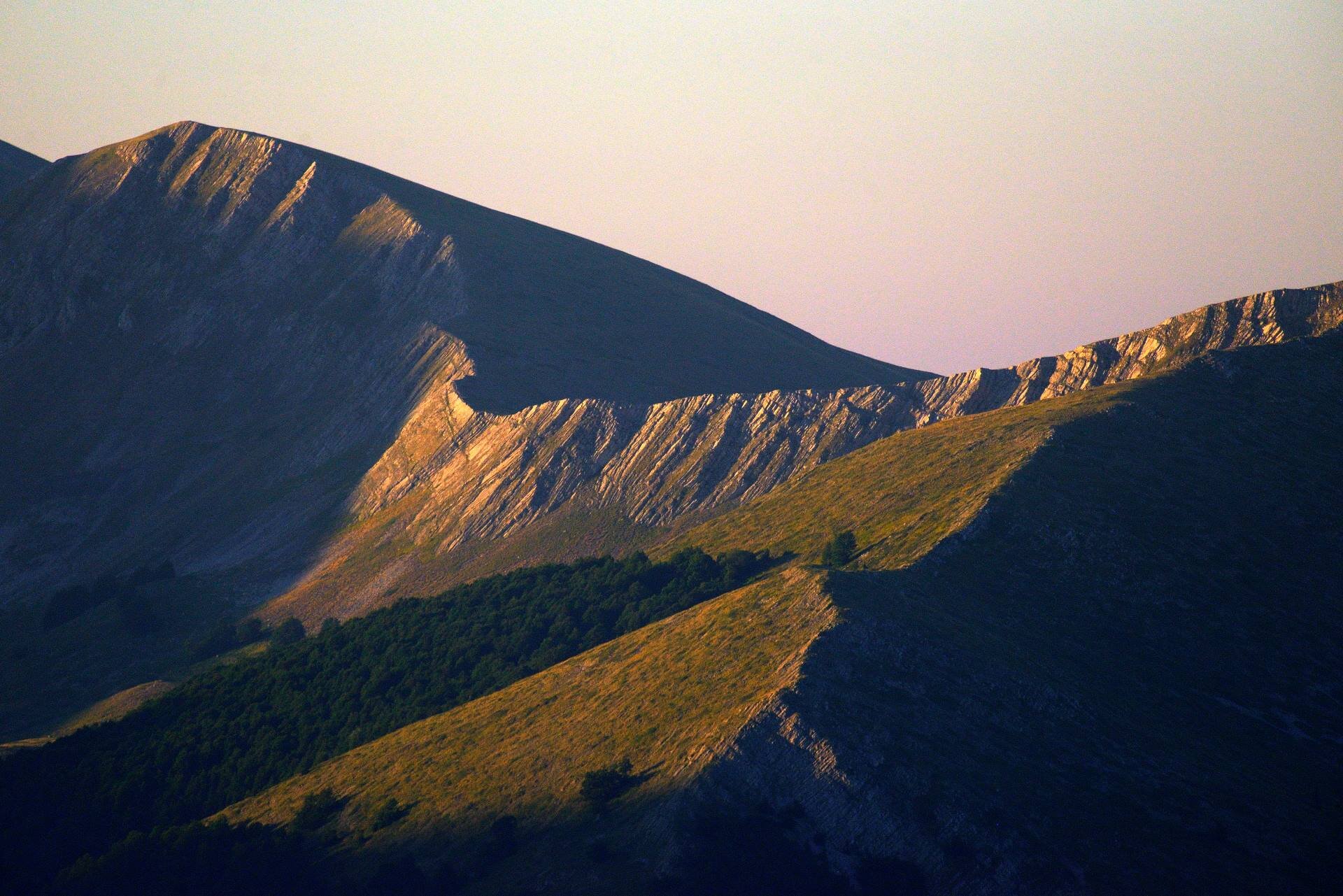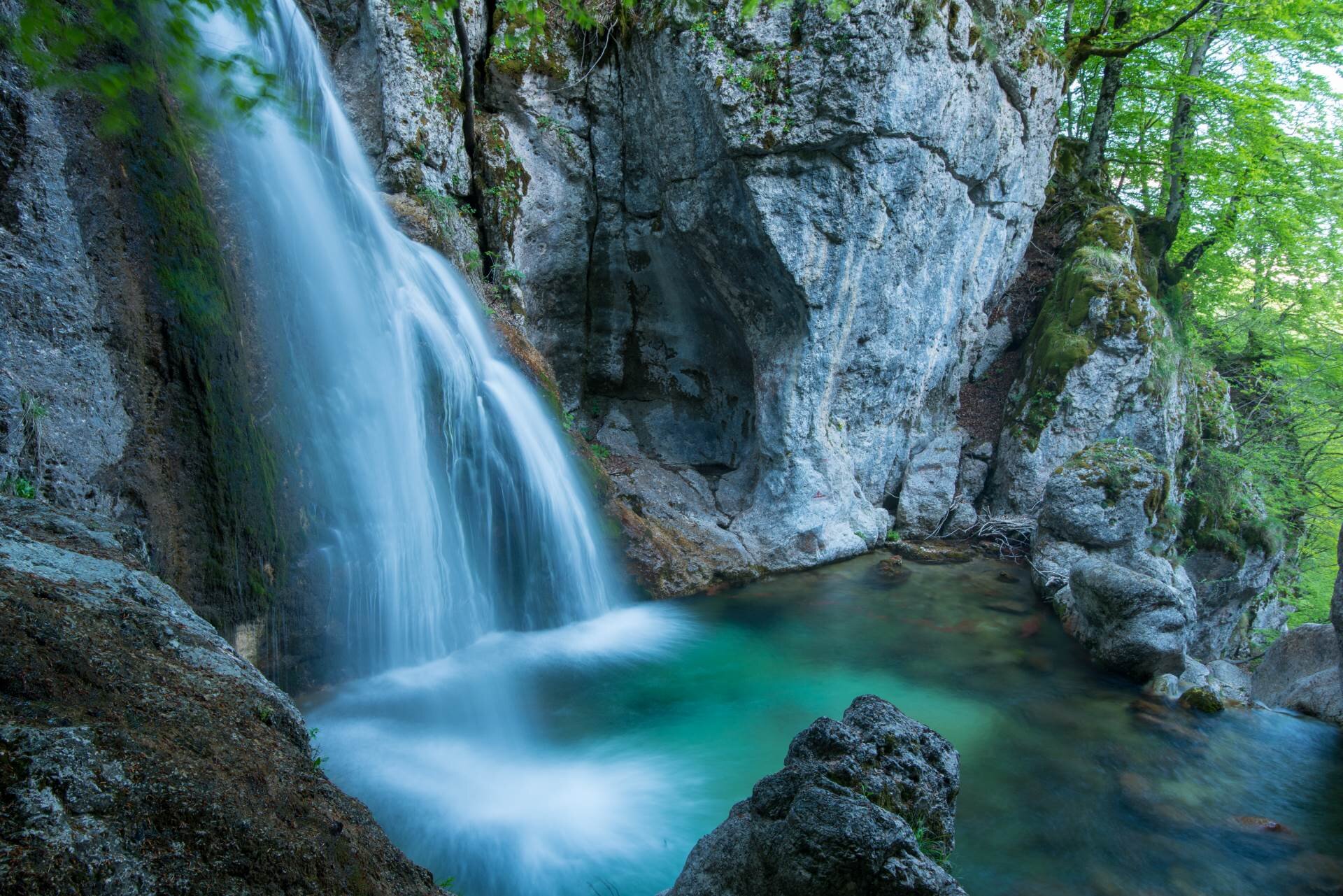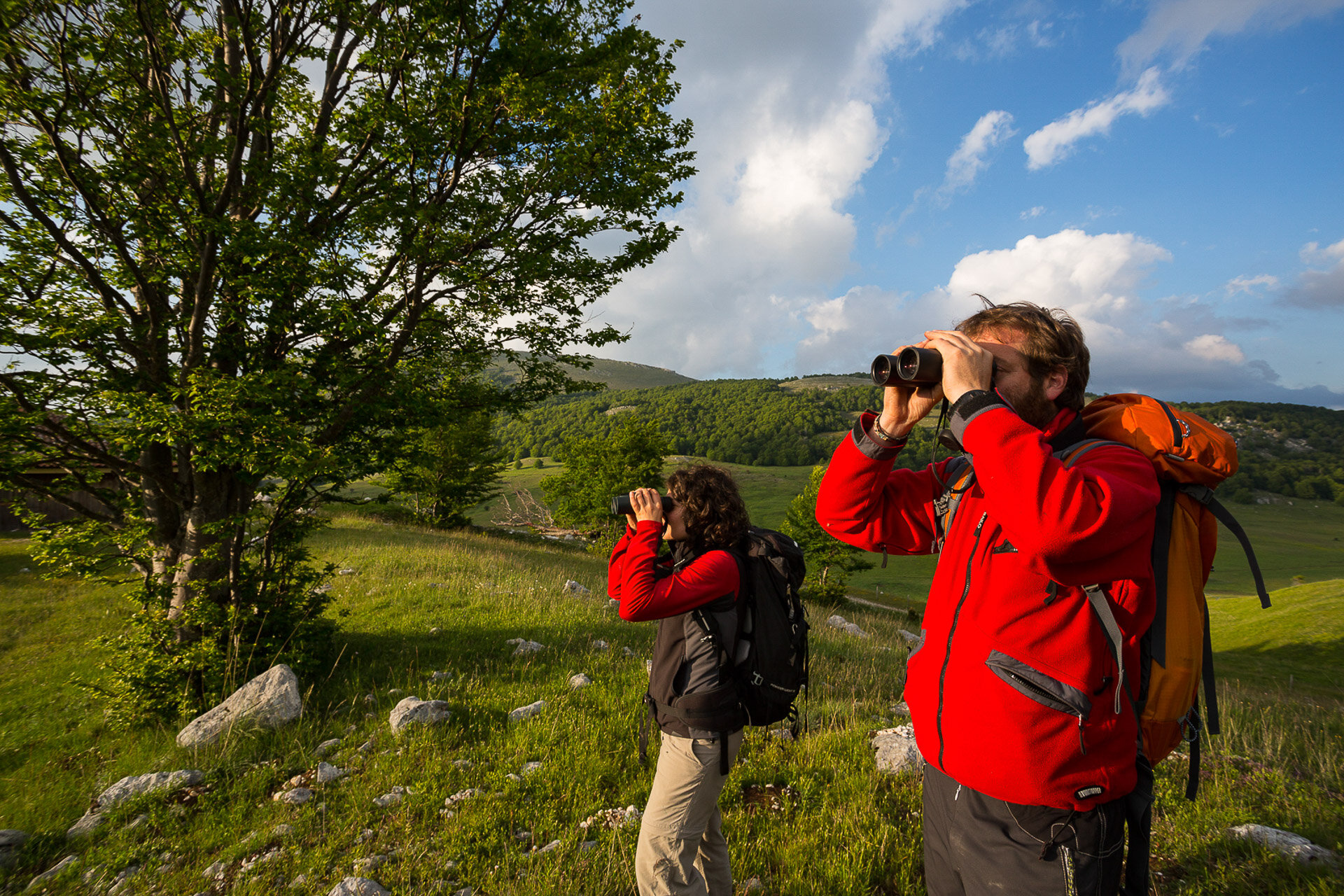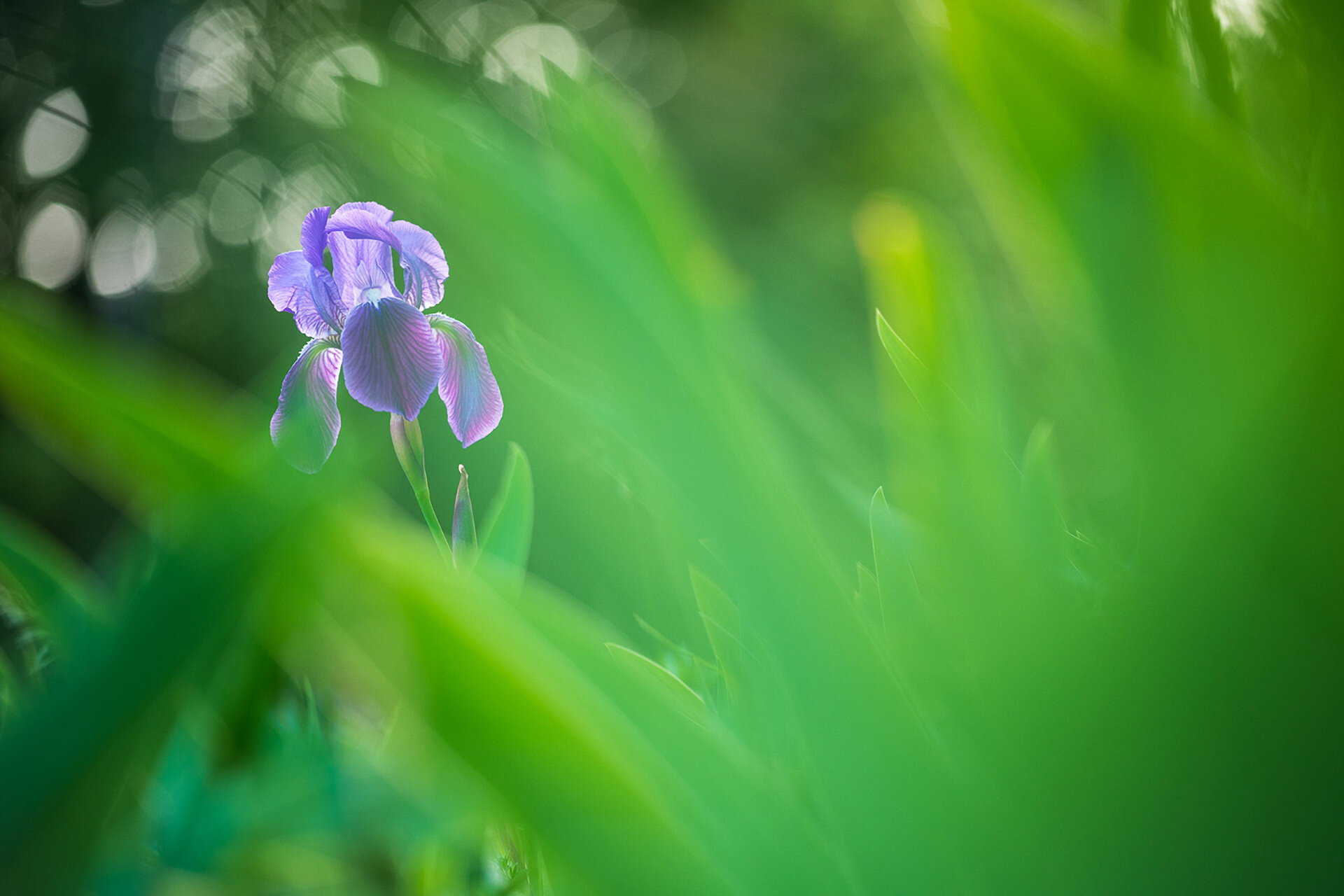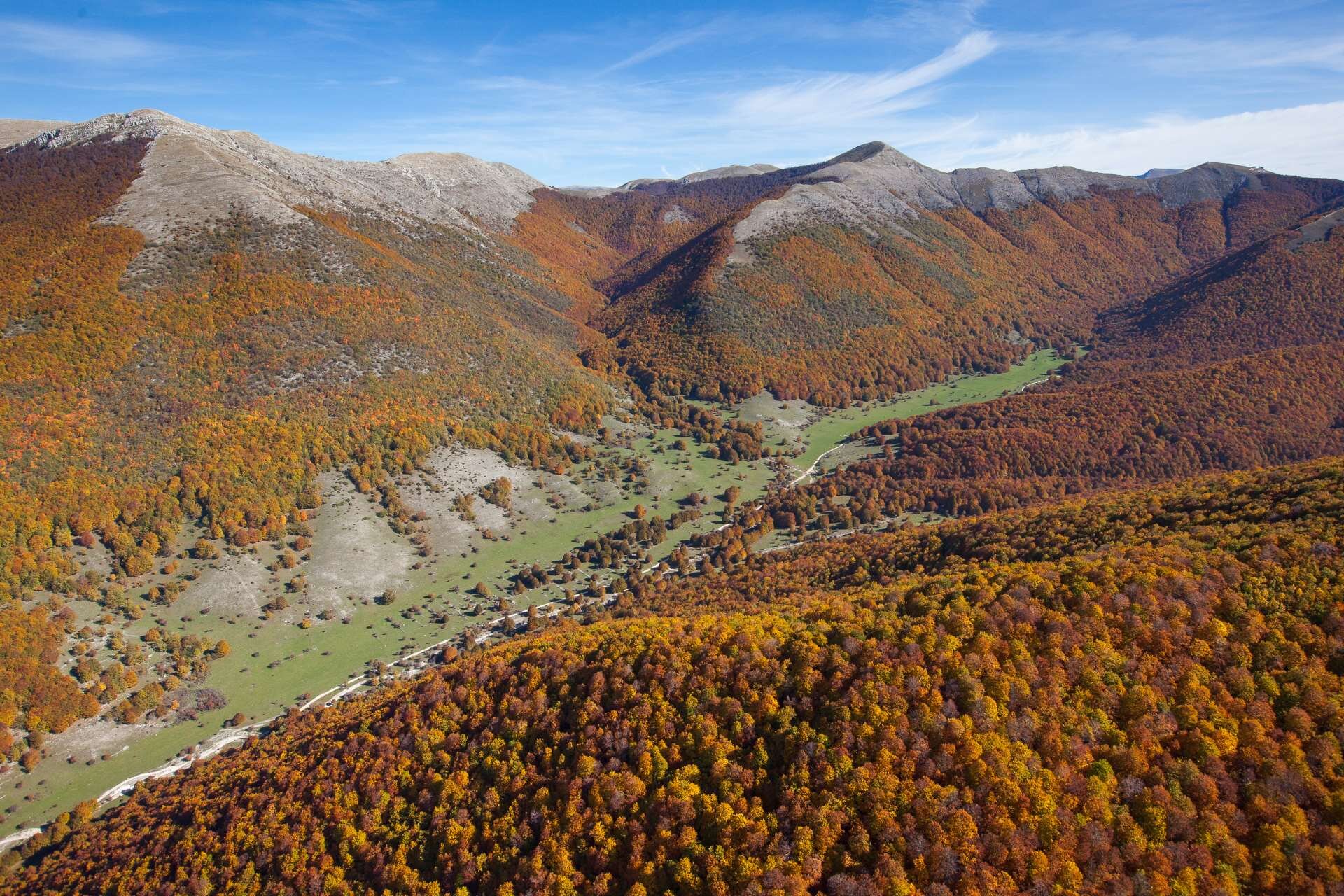In Abruzzo, nature has been truly protected for a long time. The Abruzzo National Park (today the Abruzzo, Lazio and Molise National Park) was established between 1922 and 1923 and has become, over time, the national symbol of commitment to the real protection of the Apennine environment. In the years since, it has been joined by two other major national parks: Gran Sasso e Monti della Laga and Majella. The region also established the extensive Sirente‑Velino Regional Park and a dense network of nature reserves, whose number today exceeds 30. Thanks to this immense effort, Abruzzo’s nature can now be appreciated and visited by all.
What are the most interesting destinations for a vacation in the Park? Within the Abruzzo, Lazio and Molise National Park, trails are numerous and perfectly marked, allowing for splendid excursions on foot, by e‑bike, and on horseback. In certain seasons of the year, you can dedicate yourself to wildlife photography, animal watching in freedom, and birdwatching near lakes and on high-altitude pastures. The Park features 150 hiking itineraries and a network of visitor centers, museums, and nature trails.
On Foot in the Abruzzo, Lazio and Molise National Park: the most beautiful Summer hikes!
1. Lago Vivo
Nestled in a karst basin at the foot of one of the most beautiful natural amphitheaters in the Park, this place offers captivating landscapes, naturalistic and geological beauty, and conceals the traditions of pastoral life. From the town of Barrea, proceed along the SS83 for 1.5 km toward Alfedena up to the first hairpin. Off the state road, turn right onto a dirt track that soon leads to the Fonte Sambuco spring, where the K6 trail of the PNALM trail network begins.
2. The Valle di Terraegna and the UNESCO Ancient Forests
During the warm season, the Park’s mountains stage one of the most surprising spectacles of the Apennines: a profusion of wildflowers filling the landscape with color and scent. Within the PNALM, more than 2,000 species have been recorded, including many flowering plants. One of the routes that allow you to enjoy this show is Trail A1 of PNALM, which leads from the small village of Bisegna to Pescasseroli. From Fonte d’Appia, you ascend along the forest track and, within two hours, reach the wide and beautiful Terraegna plateau at the foot of the long Montagna Grande range, where a staffed refuge stands. During summer, Wildlife Adventures guides organize a guided hike with lunch in the refuge to explore an ancient forest remnant now part of the UNESCO World Heritage.
3. Val Canneto
In the municipalities of Settefrati and Picinisco, on the Lazio side of the Park, lies a route that since antiquity has served as an important way of communication and economic exchange between the valleys of Ciociaria and Alto Sangro. The Valle di Canneto, with its forests and abundant waters, is one of the park’s most fascinating destinations. From Settefrati, follow the signs to the Sanctuary of Madonna di Canneto and climb a panoramic road for about 9 km. You can park in the equipped area just past the basilica and continue on foot along Park Trail F2.
4. Val di Rose
PNALM Trail I1 rises from the small village of Civitella Alfedena up to Passo Cavuto and the Forca Resuni Refuge, offering a magnificent and diverse route. After walking through a beech forest, you’ll enjoy splendid views of Lake Barrea and Monte Petroso. Val di Rose is known for a significant population of Apennine chamois. Along with the Marsican brown bear and the wolf, it represents the park’s—and the entire Apennines’—most precious wildlife. Because of this, the population in this area has long been monitored by ecological services to ensure its protection. During the summer period, access may be regulated and not freely open; participation in guided hikes scheduled in agreement with the Park Authority is required to access it.
5. Bearwatching in the Abruzzo, Lazio and Molise National Park
The most charismatic and famous inhabitant of the Central Apennine forests is undoubtedly the Marsican brown bear, an endemic subspecies whose core population lies largely within the boundaries of PNALM and its surroundings. No natural itinerary can guarantee encountering a bear. However, by participating in excursions offered by local guides, you have the opportunity to learn in depth about its ecology, diet, and conservation status, while also optimizing your chances of direct observation.
6. Scanno and the Heart‑Shaped Lake
The history of the Central Apennines is tightly linked to pastoralism. It was precisely the millennia‑long action of shepherds—more than any other human activity—that shaped the territory, transforming the natural environment for their benefit. This influence extended to the culture of local populations, shaping traditions, language, art, and gastronomy. Many of these aspects are still visible in Scanno, a small tourist center in the Abruzzo Park, made famous by photographs by Henri Cartier‑Bresson, Mario Giacomelli, Gianni Berengo Gardin, and Ferdinando Scianna.
Within the town, the “Sentiero del Cuore” allows you to reach a natural balcony and observe the characteristic shape of its lake. It is well worth visiting the many artisan goldsmith workshops still producing filigree jewelry and sampling the excellent “Pan dell’Orso,” a soft loaf made with almonds, honey, and rich chocolate.
7. Difesa di Pescasseroli, the Fairy‑Tale Forest
West of Pescasseroli, just outside the town, lies a unique place with an enchanted atmosphere, where the fascinating combination of nature and culture typical of the Apennines is displayed at its finest. This is the La Difesa forest: an ancient wooded pasture nestled among steep mountains, featuring monumental pollarded beeches with candelabra‑shaped trunks, the result of a traditional pruning method used to produce firewood and fodder for livestock. You can reach the start of PNALM Trail C2 on foot from the town. A comfortable mule track allows a two‑hour loop, refreshing at the trough and spring of La Difesa, where pure water wells forth.
8. Prati d’Angro
An easy walk in one of the park’s lesser‑known and less‑frequented areas. From Villavallelonga, in the north‑western sector of the Park, follow the road to the Madonna della Lanna chapel at 1,086 m a.s.l., then proceed on foot across wide clearings until you reach the Prati d’Angro refuge and the spring of the same name. During the drive up, it’s impossible not to notice the uninterrupted forest cover on both valley slopes. This is one of Italy’s most important forestry areas, both in terms of extent and forest quality. On the right‑hand side of the Vallelonga, the Val Cervara in its upper reaches is home to Europe’s oldest beech forest, inscribed as a UNESCO World Heritage site in 2017.
